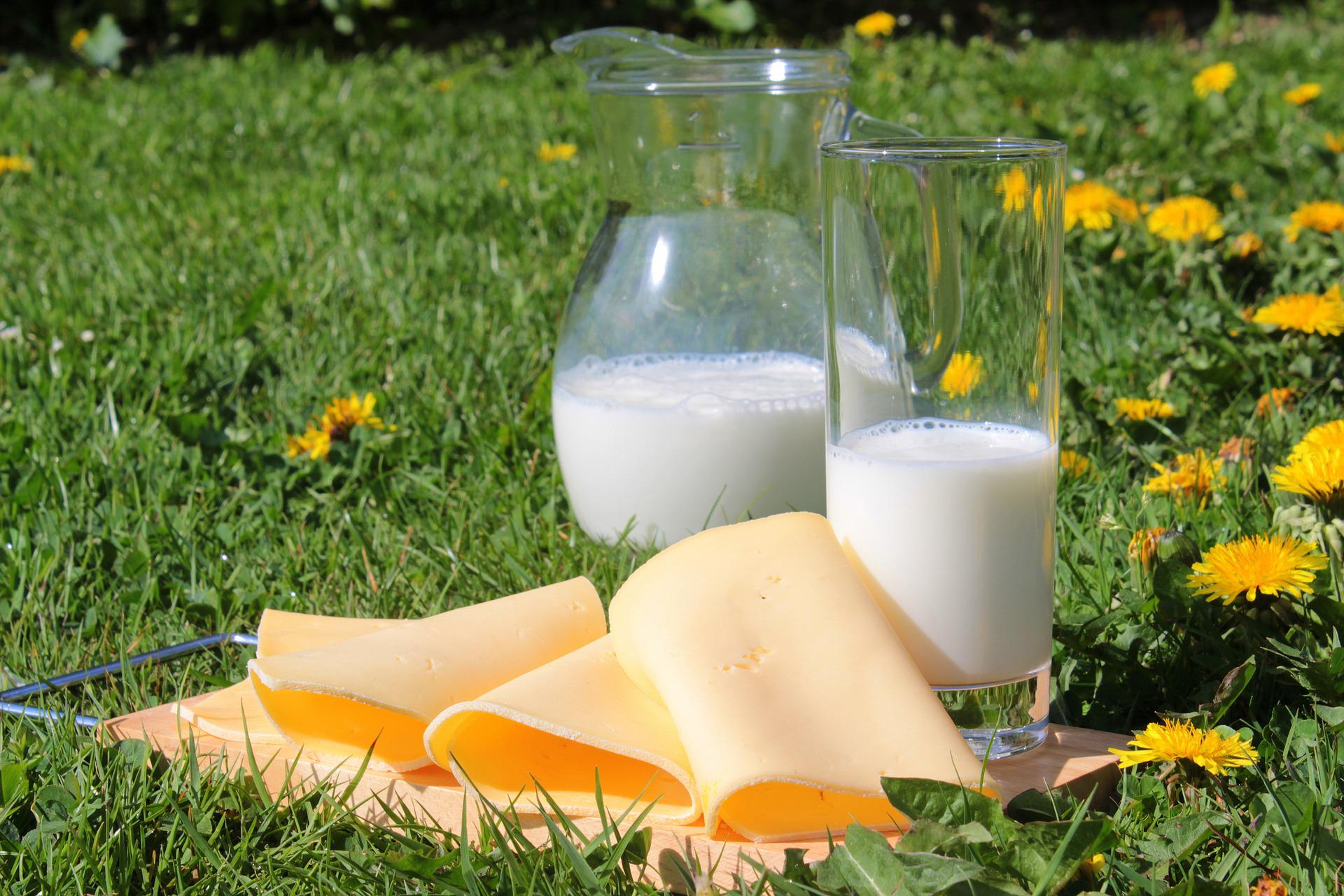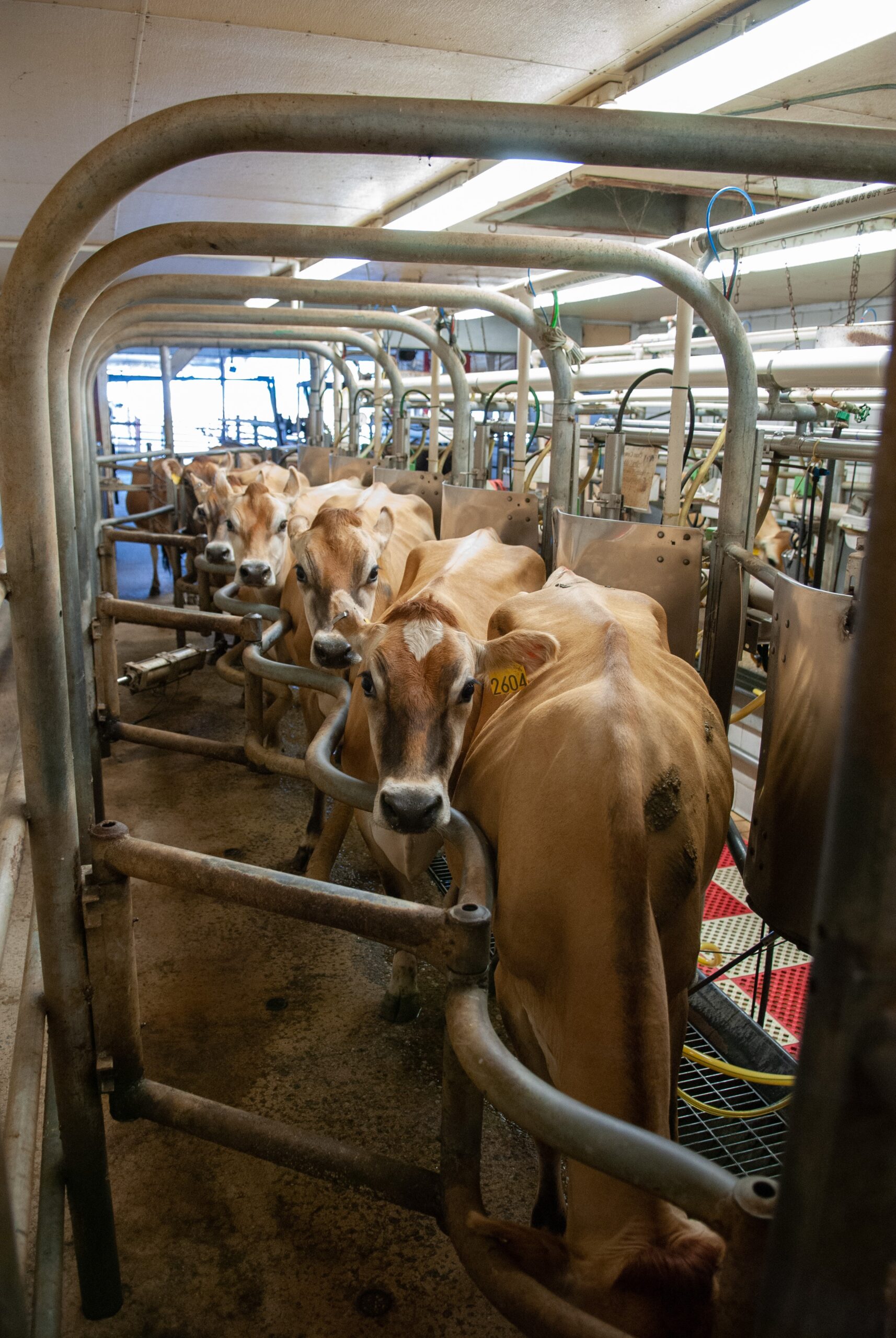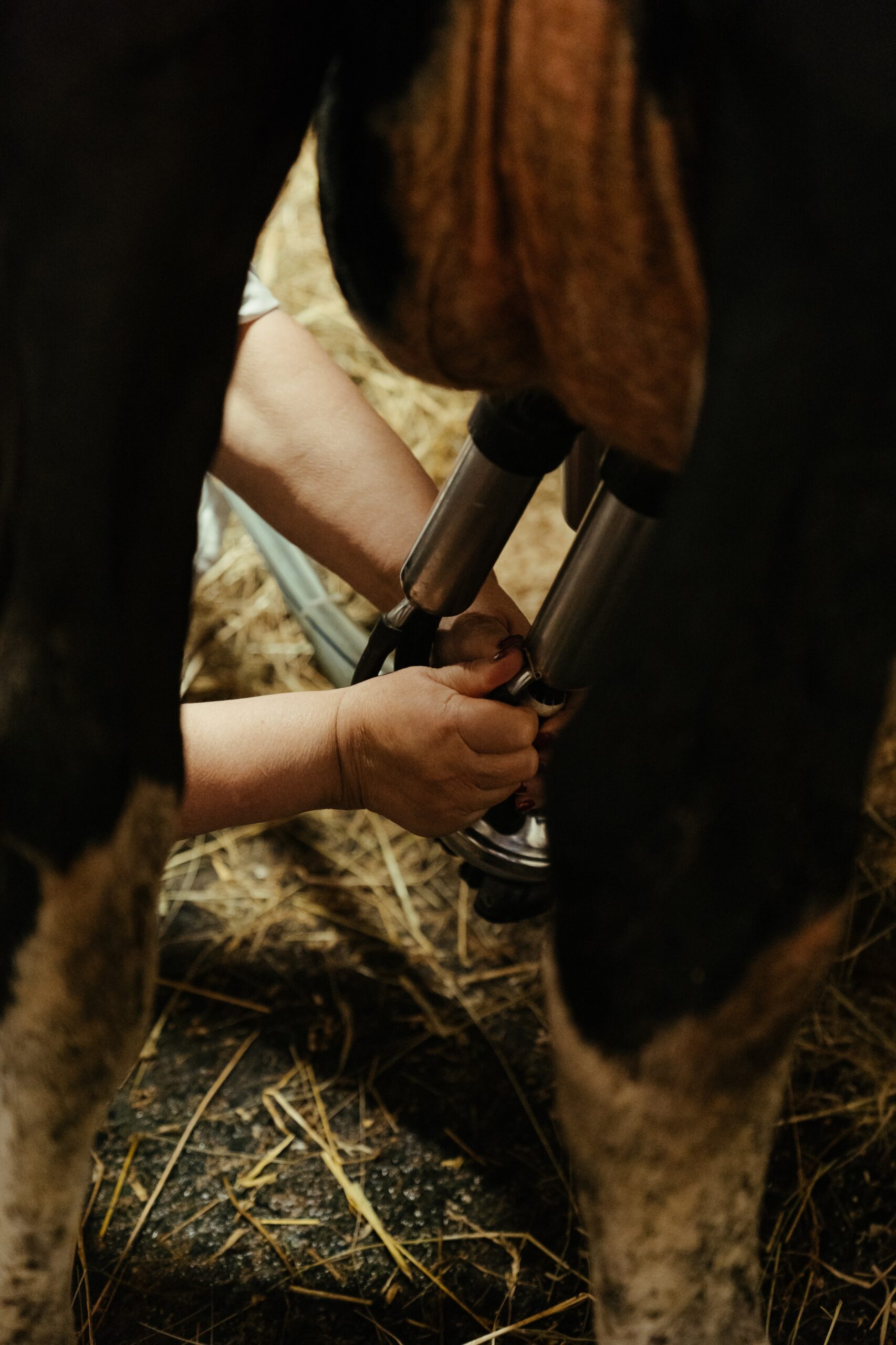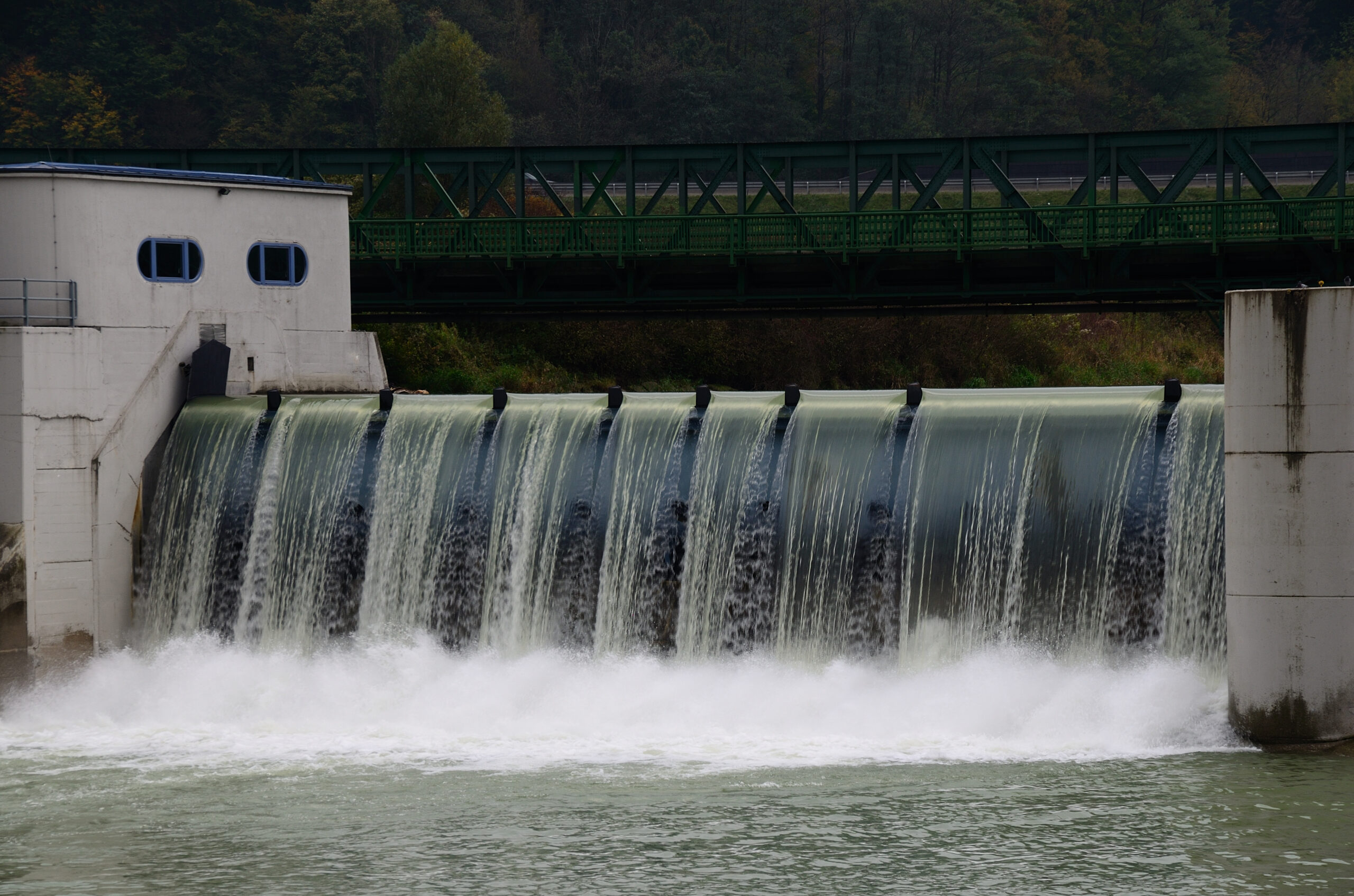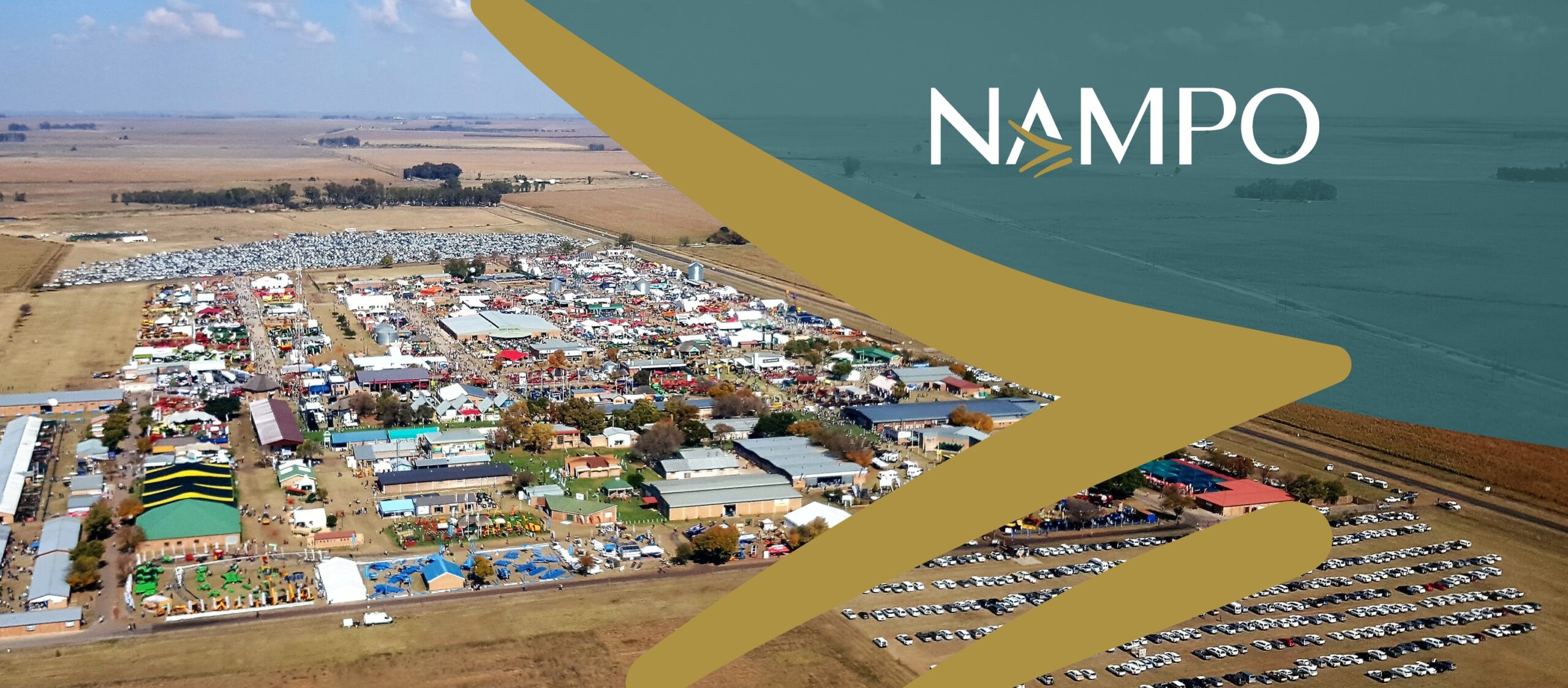World Milk Day 2022 highlights the impact the dairy industry has on climate change and addressing sustainability of dairy production. On international scale, the dairy industry is still one of the biggest agricultural contributors. Locally, in South Africa, this is the forth largest and plays a pivotal role in job creation, food security and economic development.
Since it’s introduction in 2001, World Milk Day has been a global reminder of the importance of the dairy industry and milk’s nutritious value. The Food and Agricultural Organisation of the United Nations (FAO) announced the 1st of June as the day to celebrate the benefits of milk and dairy products, as well as being a vital food source. It is also recognised that the dairy industry supports the livelihoods of millions of families.
World Dairy Day 2022
This year, the commemoration will centre around climate action how to reduce the impact of the dairy industry on the planet. It ties in with the goal of the Dairy Net Zero initiative to reduce GHG emissions while still producing dairy products.
The theme for 2022 is “sustainability in the dairy sector, as well as environmental, nutritional, and socioeconomic empowerment”
The event raises awareness for the following areas:
- Good food, health and nutrition
- Farmers caring responsibly for their communities, the land and their animals
- Sustainability practices in the dairy sector
- How dairy contributes to economic development and livelihoods
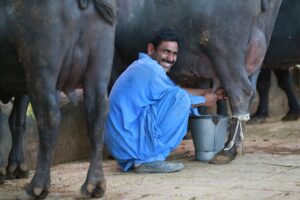
One of the topics that World Milk Day raises awareness about is that farmers are responsible for caring for their communities, the land and their animals. Source: pexels
Participate and celebrate World Milk Day
The annual event kicks off with the Enjoy Dairy Rally 29 – 31 May 2022, concluding with World Milk Day on 1 June.
You can participate in the day by sharing videos or photo’s on social media about any of the relevant topics that needs awareness on this day. You can use the hashtags #WorldMilkDay and #EnjoyDairy to make sure your posts get seen.
You can also host events in your community that spreads the word about nutrition and sustainability through milk products.
Dairy farms will not disappear. The milk they produce is an important food source that contributes to food security across the globe. Source: Pixabay
Why have a Global Dairy Day
A low-carbon dairy future by 2021 is one of the biggest goals that dairy farmers and other people in the dairy sector must strive for. With 1200 dairy farms in South Africa alone, it’s 1,2 million dairy cows has a huge impact on the environment. Beyond that, the dairy industry also employs 26 000 people just in South Africa!
But that doesn’t mean that the industry isn’t struggling. Most dairy farms are concentrated in the south and southwest coastal provinces. They mostly rely on higher rainfalls for their pasture-based grazing systems. The smaller farmers wanting to compete with bigger farmers also suffer due to a high inset cost. They also have little to no support from the government and governing bodies.
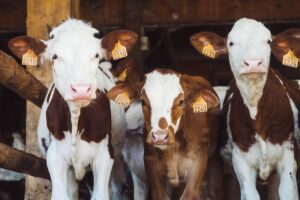
In South Africa alone, the dairy industry has more than 1,2 million cows. Source: pexels
On the shelves of supermarkets, local dairy farmers compete with cheaper imported products against which no tariffs were placed for being imported in the first place. These less expensive products are usually from countries with milk subsidy programs that help farmers be lucrative businesses.
However, the dairy industry – warts and all – won’t be disappearing soon. That is why building a more sustainable system is important. Even with the rise of dairy intolerances and more milk alternatives, dairy products still contain a collective of essential nutrients. This means that it is still the best way to take a step closer to a balanced diet in parts of the world where food scarcity and malnutrition is a problem.
Dairy products include milk, cheese, butter, yoghurt, ice cream, whey, and milk powder.
If you would like to know more about dairy farming, consider reading out collection titled Create the perfect environment for your dairy cattle.

